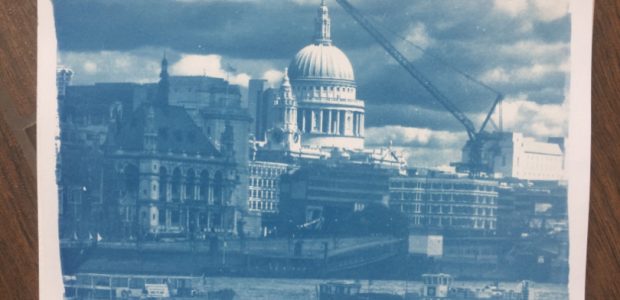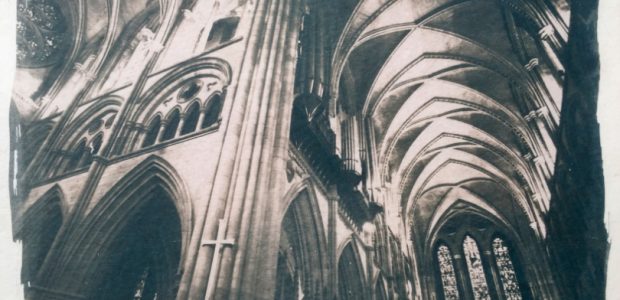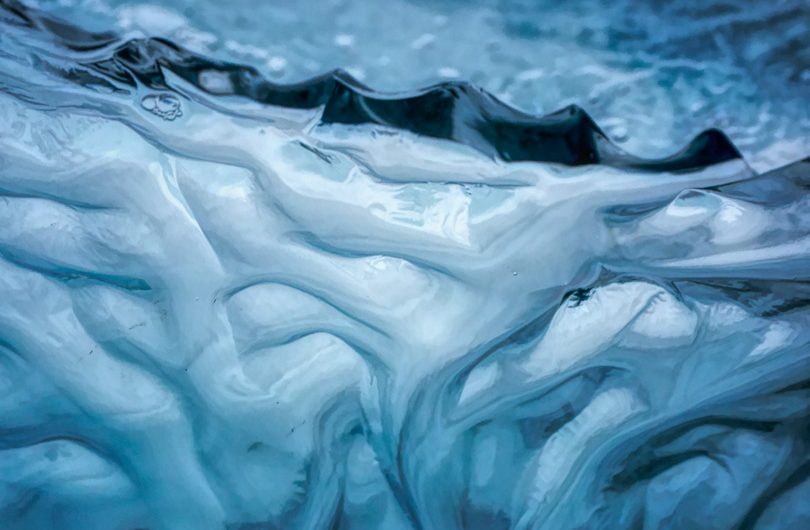

Picture In A Picture
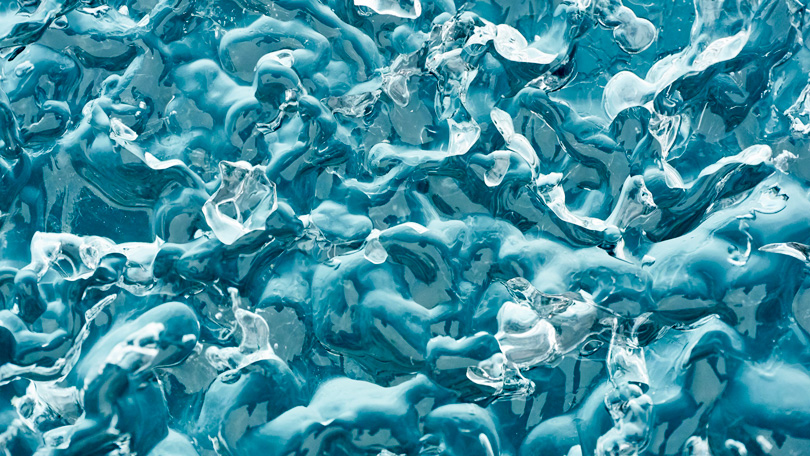
I have been very fortunate to have taught a number of workshops with Art Wolfe. He’s one of my best friends, and I am amazed at how much we think alike. Art is an incredible teacher as well as one of the finest human beings I know. He has an amazing ability to see things that we don’t even when they are in front of our faces.
After listening to a number of Art’s talks, I became inspired to find the abstract in things that surround us. In most cases, it is a result of seeing the picture in the picture. What I mean by this is that most of us see the big picture. And, while seeing and photographing the big picture may be just fine, it turns out finding the picture in the picture is a lot more fun and unique.

I first started playing with this on a trip to Iceland. I would set up my camera and do the big landscape, such as a waterfall. After I captured the image I wanted, I then began to visually explore the scene. I would change to my longer 100-400mm lens, and then I would try to find new pictures or compositions in the scene. It was so much fun. The waterfall was no longer recognizable. I no longer had the same image as everyone else. I had a unique part of the bigger puzzle.
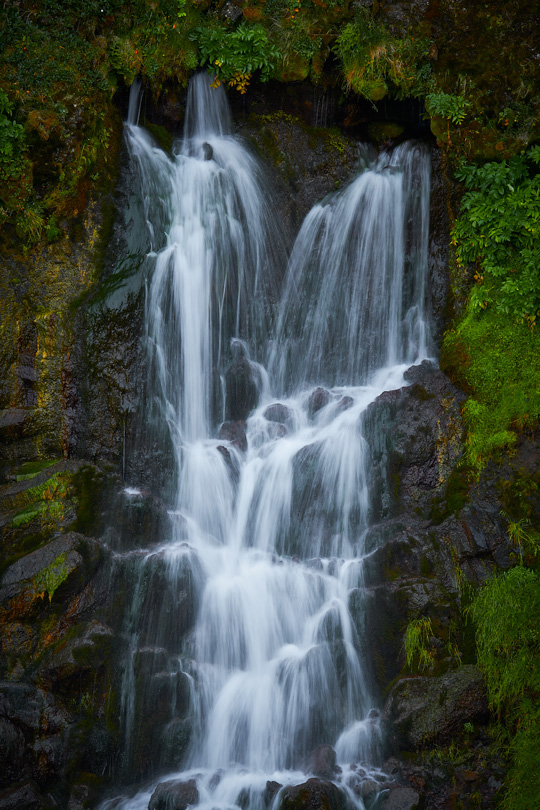
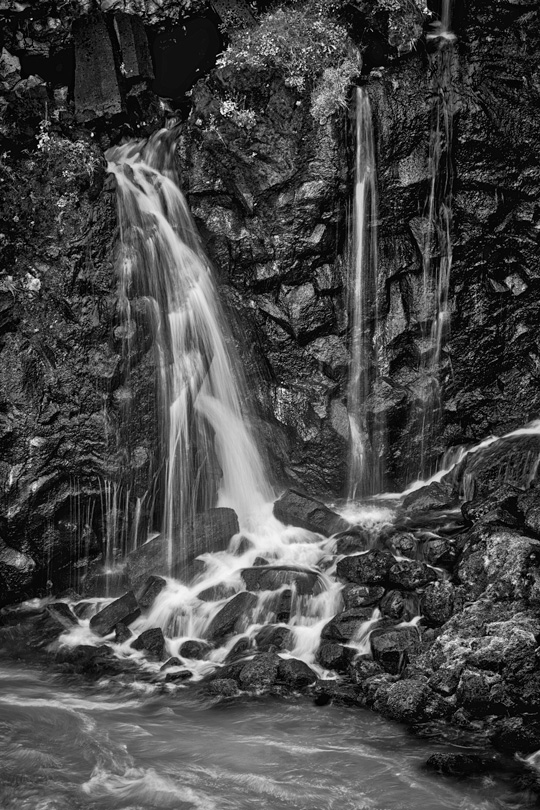
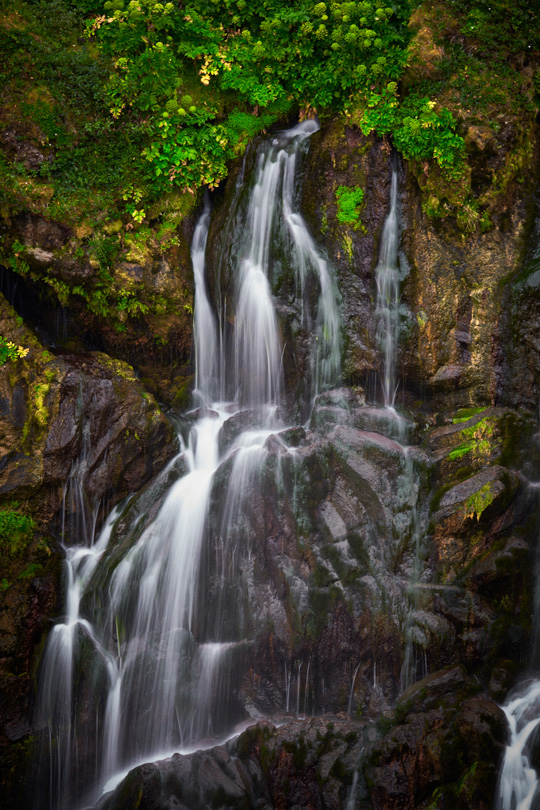
Since then I have been doing this on a regular basis wherever I go. At the end of last summer, Art Wolfe and I did a workshop together, sailing from Svalbard to Greenland. This was an amazing adventure with some talented photographers. We had the chance to photograph so many things, but what we enjoyed most was the unusual icebergs.
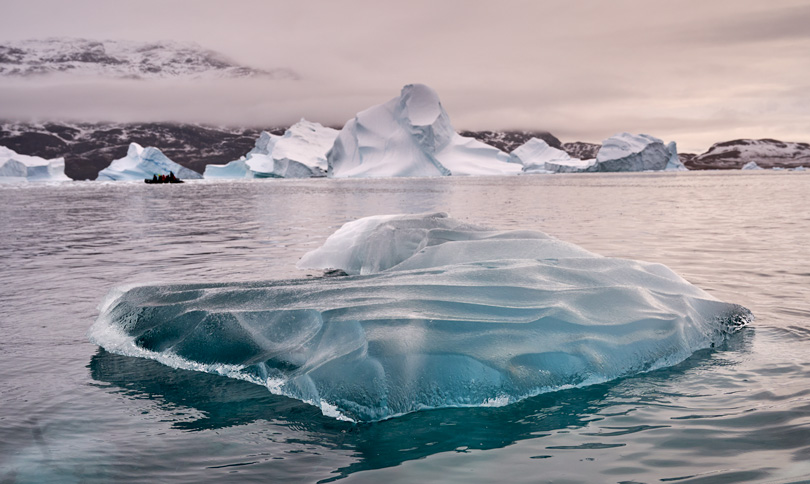
In the zodiacs, we would explore all the icebergs in the area. We were looking for those that had unusual markings and designs. They were abundant for sure. Typically we would stand off from these bergs and take a photo of the whole thing.
Once again, after that, I’d put on the 100-400mm zoom and start to explore. As I was looking at these icebergs, I saw these beautiful patterns in the ice. Fascinating repeating designs and colors. Looking at them was overwhelming, and I went crazy, shooting many different compositions. All I had to do was move the camera a few inches.
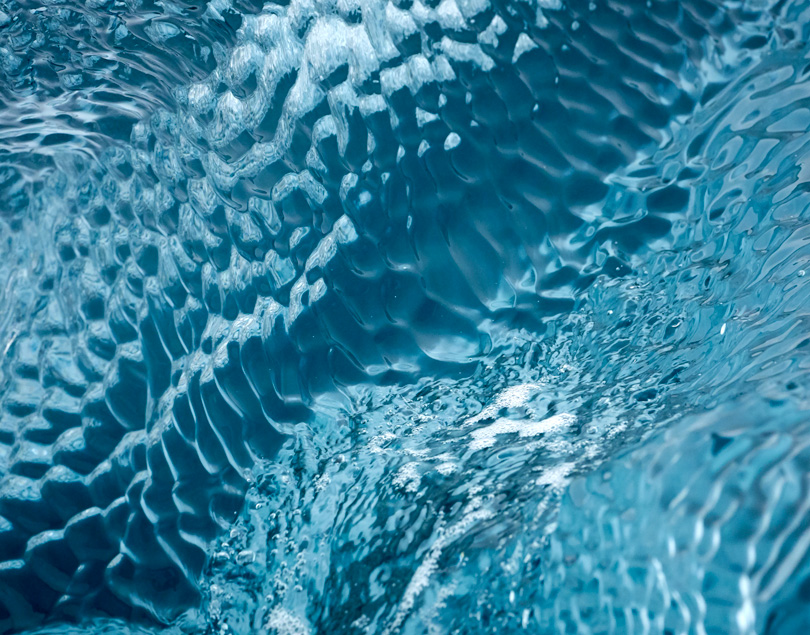

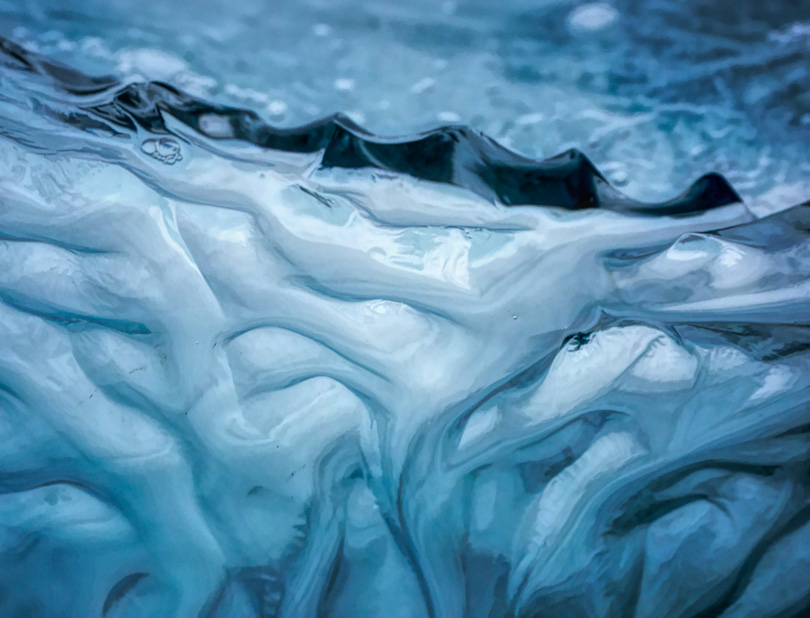
I was shooting with a Sony a9 and the 100-400mm G-Master lens. This camera not only shoots quickly but has super fast AF and the ability to focus pretty close. Our zodiac driver would drive around the iceberg slowly, and we would have a lot of surfaces and patterns to explore.
Each iceberg was unique, and on some bergs, we saw many different abstract repeating designs. I was in awe of nature’s design and the kind of arbitrary patterns that were being created in the ice.
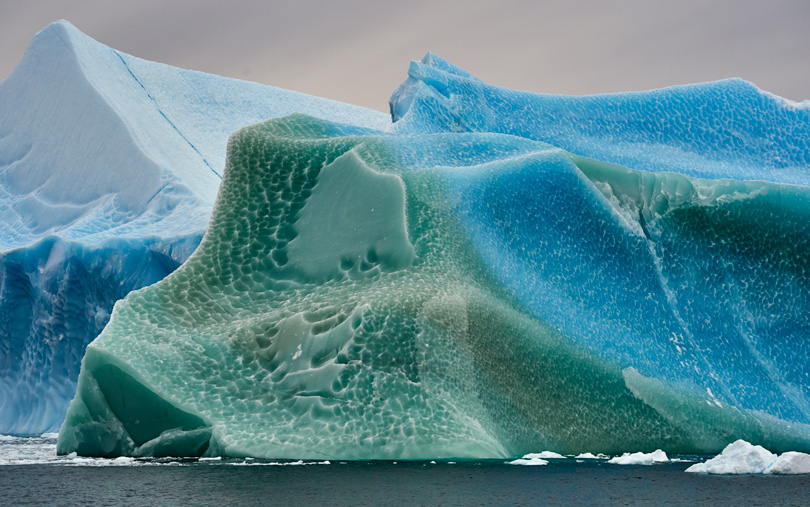
We came across one iceberg that was huge and unlike any, I had ever seen before, and after all my days in both the Arctic and Antarctica, I have seen a lot. It was dark blue with a brilliant green side. There were patterns and ripples throughout with just a touch of snow from a light dusting earlier in the day. I photographed the whole berg, as just alone it was quite spectacular, and then went to town on the picture in the picture aspect.
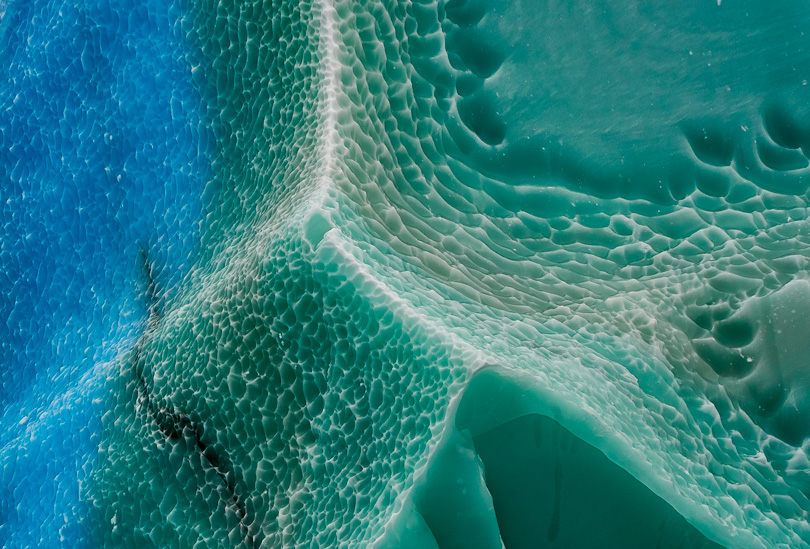
We repeated this exercise numerous times during our trip. Each time we were rewarded with some beautiful images. I am sharing a number of these images in this article.

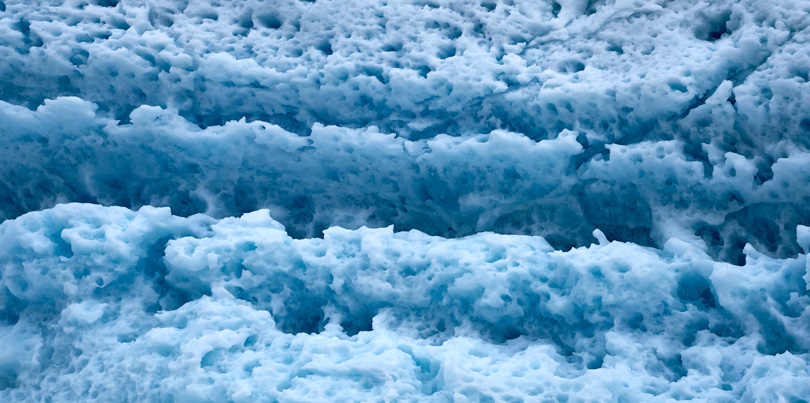
Photography for me is fun. It’s a chance to get outside and see things that we wouldn’t necessarily see otherwise. We get a chance to use our coveted gear, and more than anything else, we challenge ourselves and our eyes to see differently.
We are so used to seeing and shooting images with the rules of composition that we often forget that the chaos and randomness of something in nature can be just as attractive. I have turned a number of the images above into large-size prints, and they stop viewers because it is something they can’t figure out. I watch viewers explore the images, trying to decipher what they are looking at.
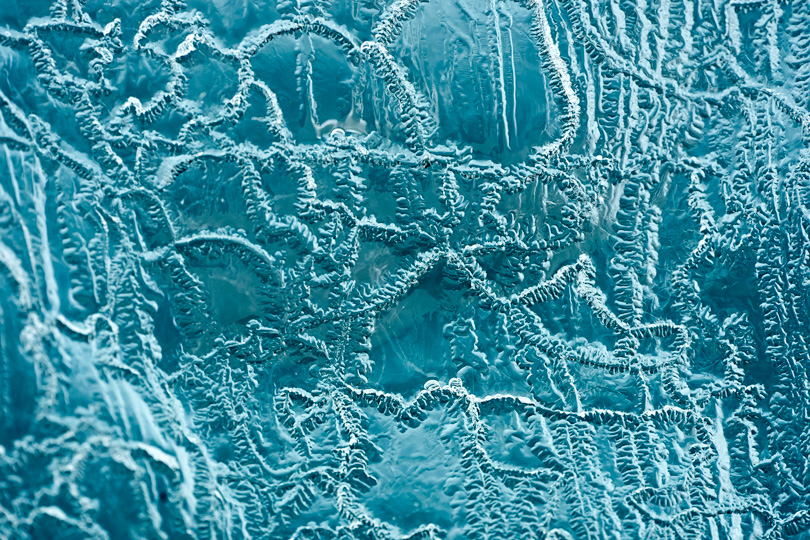
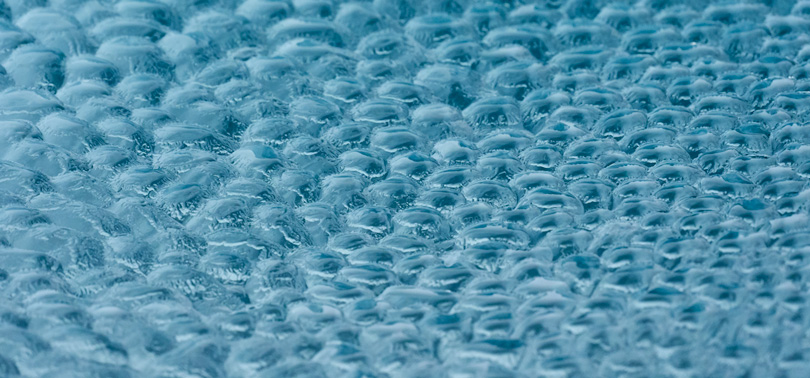
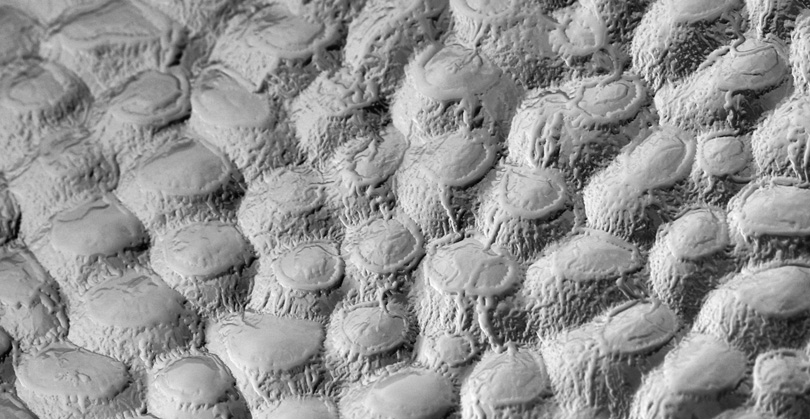
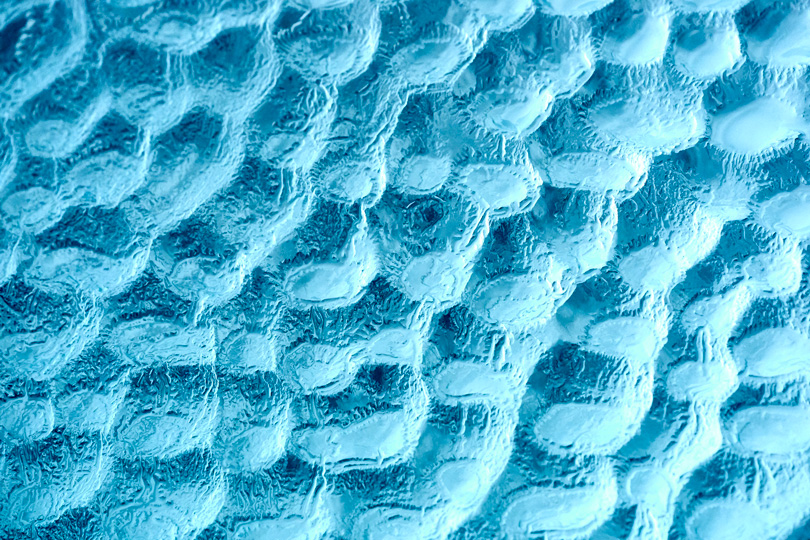
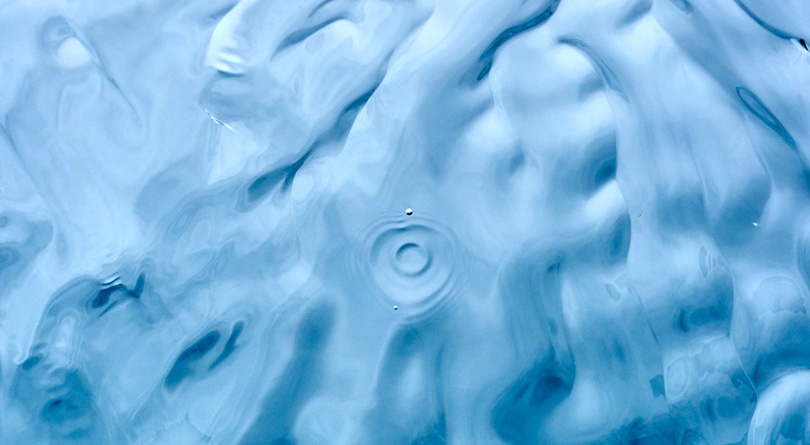 In today’s world of swiping left and right on images, it’s mission accomplished when you can get someone to stop, look at an image, and challenge themselves to figure it out.
In today’s world of swiping left and right on images, it’s mission accomplished when you can get someone to stop, look at an image, and challenge themselves to figure it out.

You don’t need icebergs to capture these kinds of images. You can find subjects everywhere in nature or even in architecture, automobiles, and so many other things that surround us. If you have been watching the Shooting With The Masters series with Charlie Cramer, you have seen how he uses a card with an opening in it to explore and compose. This kind of card will tremendously help to isolate things our eyes otherwise might miss.
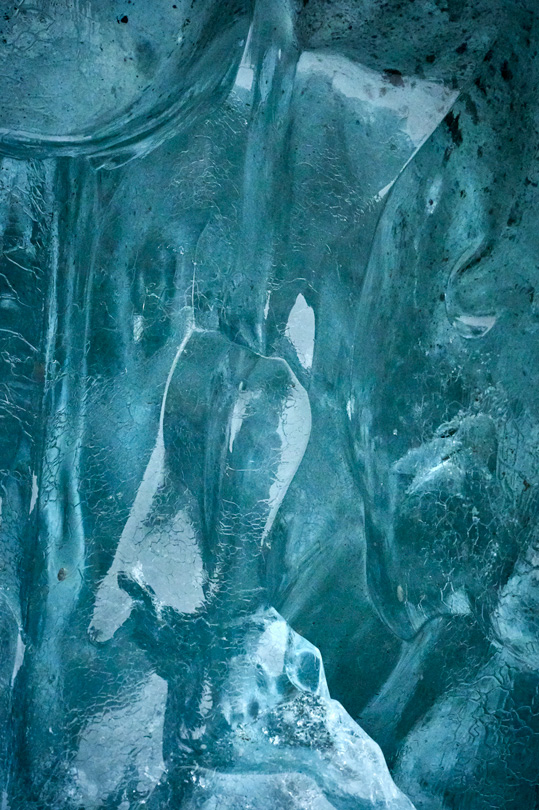
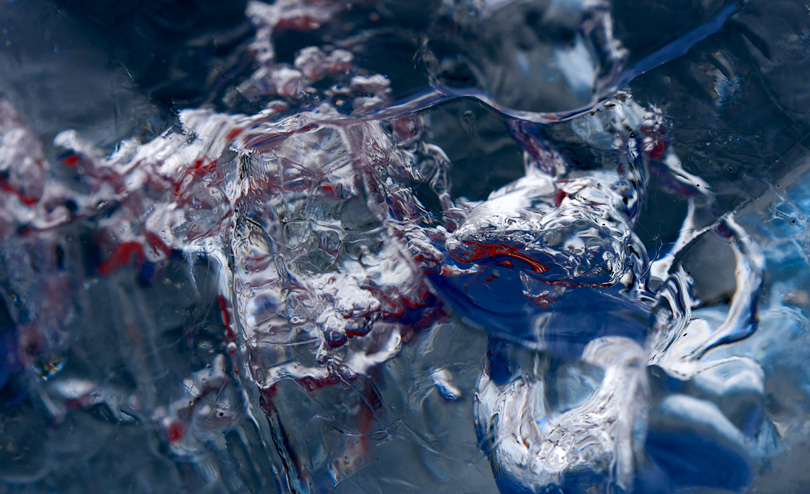 So get out, take a walk, have some fun, and find something different to photograph. You’ll feel so good afterward.
So get out, take a walk, have some fun, and find something different to photograph. You’ll feel so good afterward.
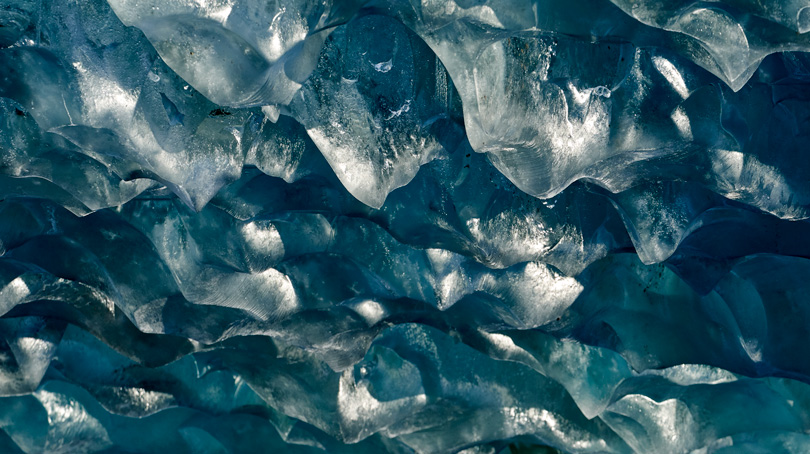
Kevin Raber
April 2018
You May Also Enjoy...
Celebrating Alternative Photography: Cyanotype Prints with Ashok Viswanathan
FacebookTweet By: Ashok Viswanathan – FFIP, EFIAP.PPSA Cyanotype is one of the earliest printing processes, dating from 1842 by Sir John Herschel, shortlyafter the discovery
Celebrating Alternative Photography: Mastering the Van Dyke Process with Ashok Viswanathan
FacebookTweet Long-time Lula member, Ashok Viswanthan, kindly offered to share his approach and methods for alternative photography processes. I hope you enjoy his detailed “how-to”
